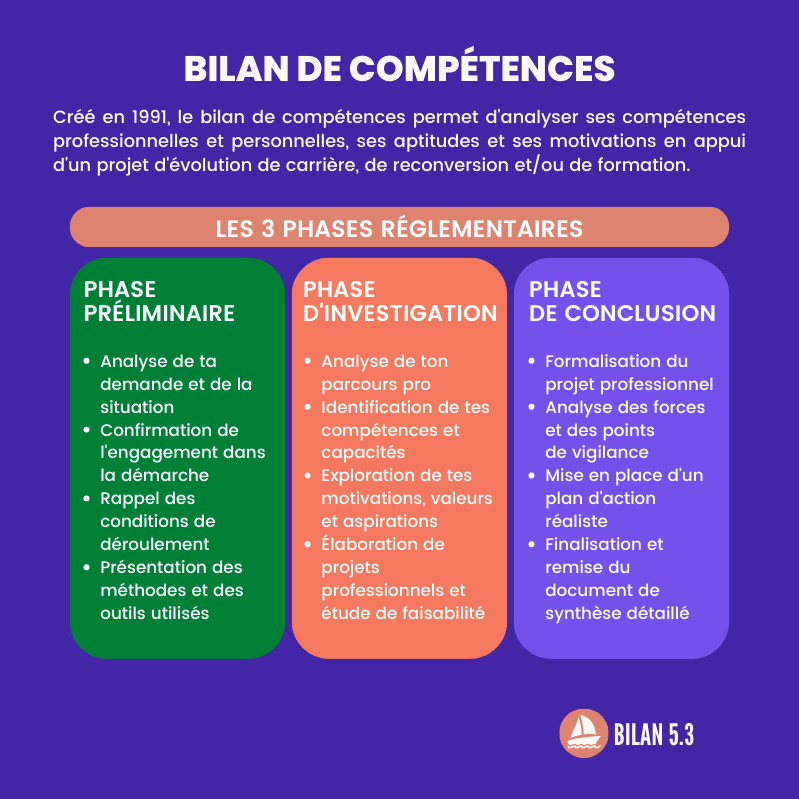The phthalates used to soften plastic in children’s toys have been replaced. Their substitutes are a priori safe. But the data is lacking.

Rattles, toys, soft toys… Plastic is omnipresent in children’s environment. According to the National Health Security Agency (Anses), it is even the main substance brought to the mouths of children. To give their pretty rounded shapes to these various objects, plasticizers are used. ANSES evaluated these. They are at priori without risk to the health of toddlers, but the Agency urges caution: toxicity studies are few and do not all rule in the same direction.
The blur on the DOIP
This expertise focused on the risks associated with plastic toys intended for children under 3 years old. Their situation is indeed peculiar. Their bodies are still developing and they often put objects in their mouths. However, the products intended for them contain more and more plastic substances, most often PVC. Phthalates and other fabric softeners are added to the formula for added flexibility. But some are suspected of disrupting reproductive organs, neurological development or even promoting obesity.
Due to their endocrine disrupting effects, two phthalates have been banned: DEHP and DINP. What is the record of their substitutes? Two other forms of phthalates were found in the cheeks tested. The DEP, without effect on the endocrine system, and the DOIP, for which the data are insufficient. On the latter, ANSES recommends avoiding its use given the absence of studies on its toxicity. Caution prevails.
The Agency is less circumspect with regard to other plasticizers. Most have low acute toxicity and only some are suspicious. TXIB, for example, would tend to irritate the upper respiratory tract and eyes when inhaled. DINCH, for its part, has effects on the kidneys recognized on a European scale and could be an endocrine disruptor.
Systematize toxicity tests
Faced with these inconsistent results, ANSES recommends that migration tests be systematically carried out before a product intended for young people is placed on the market. They aim to assess the extent to which substances can be transmitted to the child, and what are the associated risks. Such tests should be included in European directives, according to experts. The report is expected to be extended with a study on broader exposure to toxic substances such as phthalates, through air, house dust and food.
Pending these results, the Agency reiterates the importance of maintaining constant pressure on manufacturers, with the help of regular checks. They will thus have no other option than to respect the law, by banning bisphenol A and phthalates from certain products, for example.
.















